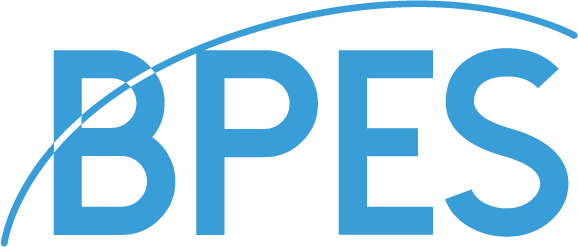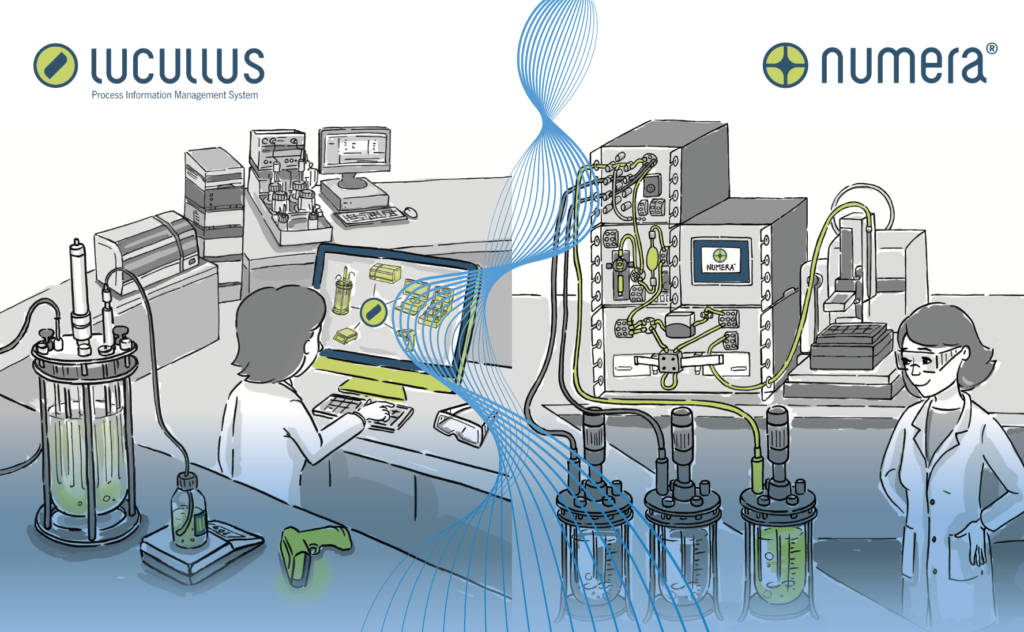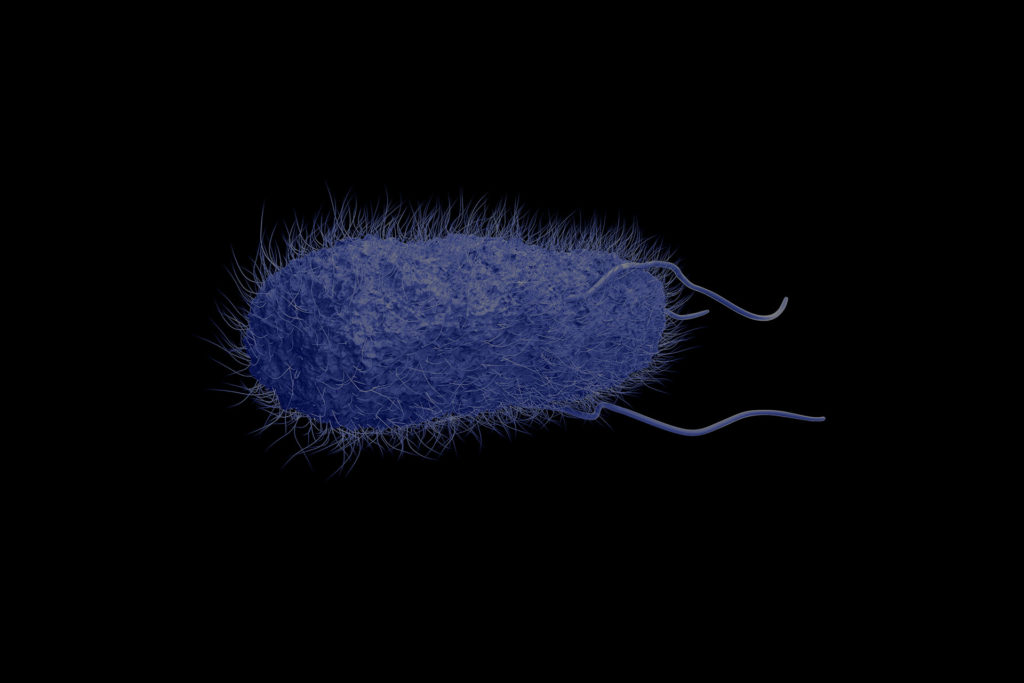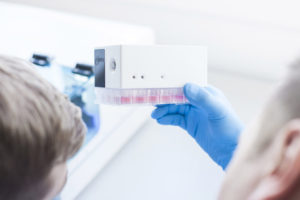
Application Note by cytena
In the biopharmaceutical industry, many biological drugs are produced in mammalian cells. Cell line development (CLD) is used to determine which cell lines have the highest recombinant protein production and are also stable during large-scale manufacturing. In the CLD workflow, cell lines undergo incremental scaling of culture from static (in 96- or 384-well plates) to suspension (in 125-mL or 250-mL flasks) prior to banking or further scaling up in bioreactors. Cell culture early in CLD is limited to static as the size of the well plates and number of cells limit the ability to agitate the culture. However, the static culture environments in 96- and 384-well plates are restricted to a 2D surface and oxygen supply can be limited. Additionally, cell line performance in static culture may not correlate with its performance in suspension [1]. Therefore, the ability to introduce suspension culture and mimic the culture environment of later stages (e.g., shaking flask) from the beginning of the CLD workflow can help pharmaceutical companies shorten the CLD process and better predict cell line behavior.
Used in collaboration with PAIA for titer measurements and for measurement readout, the SYNENTEC NyONE.
